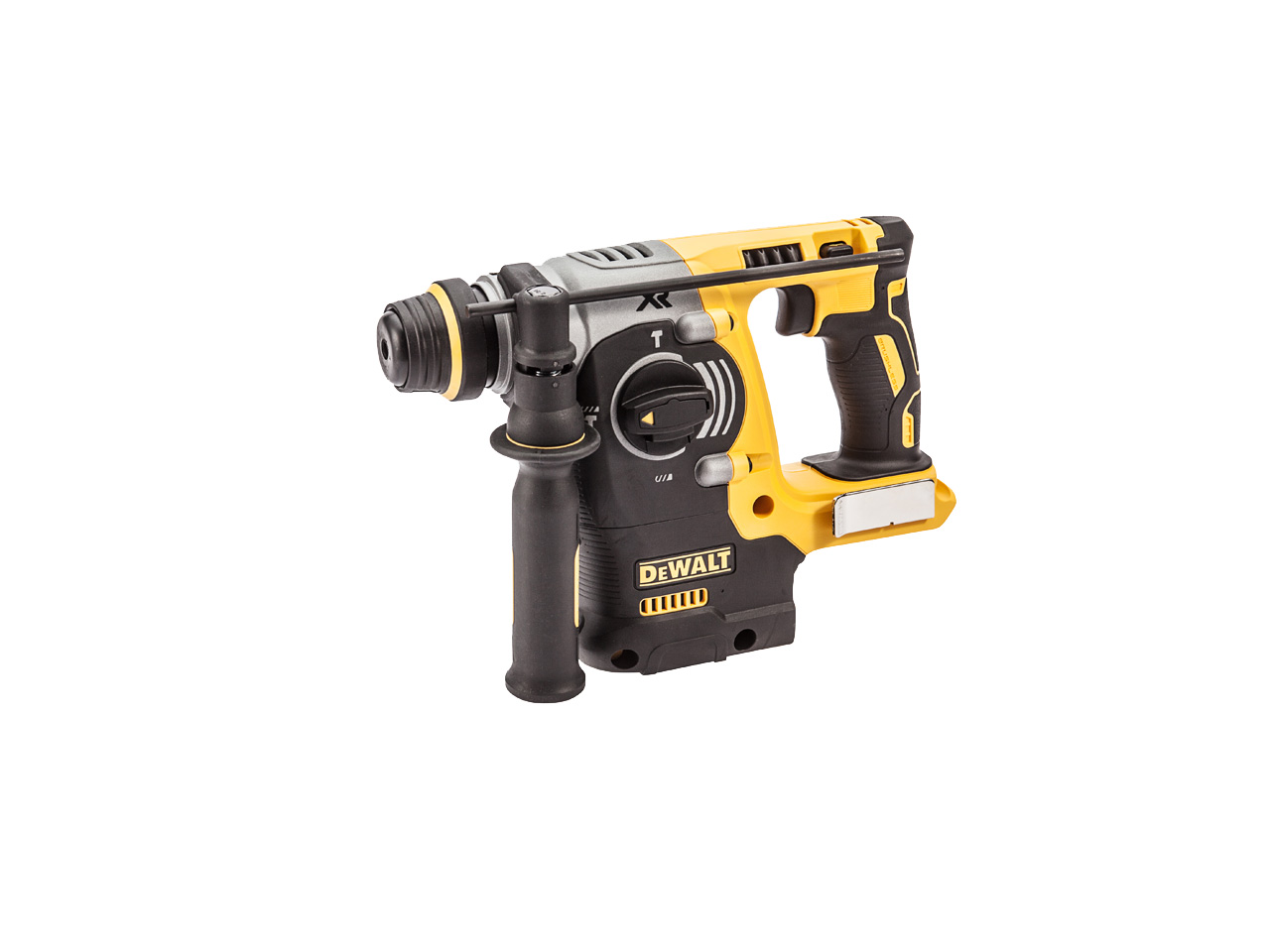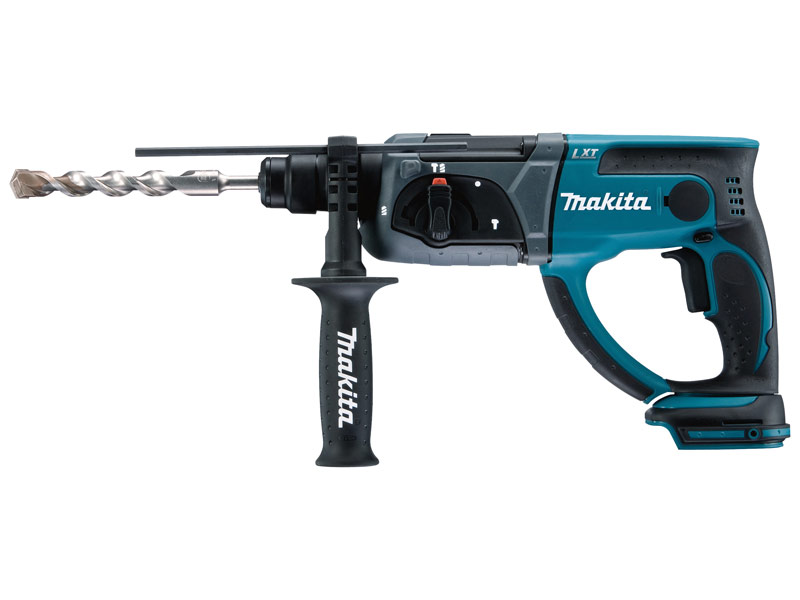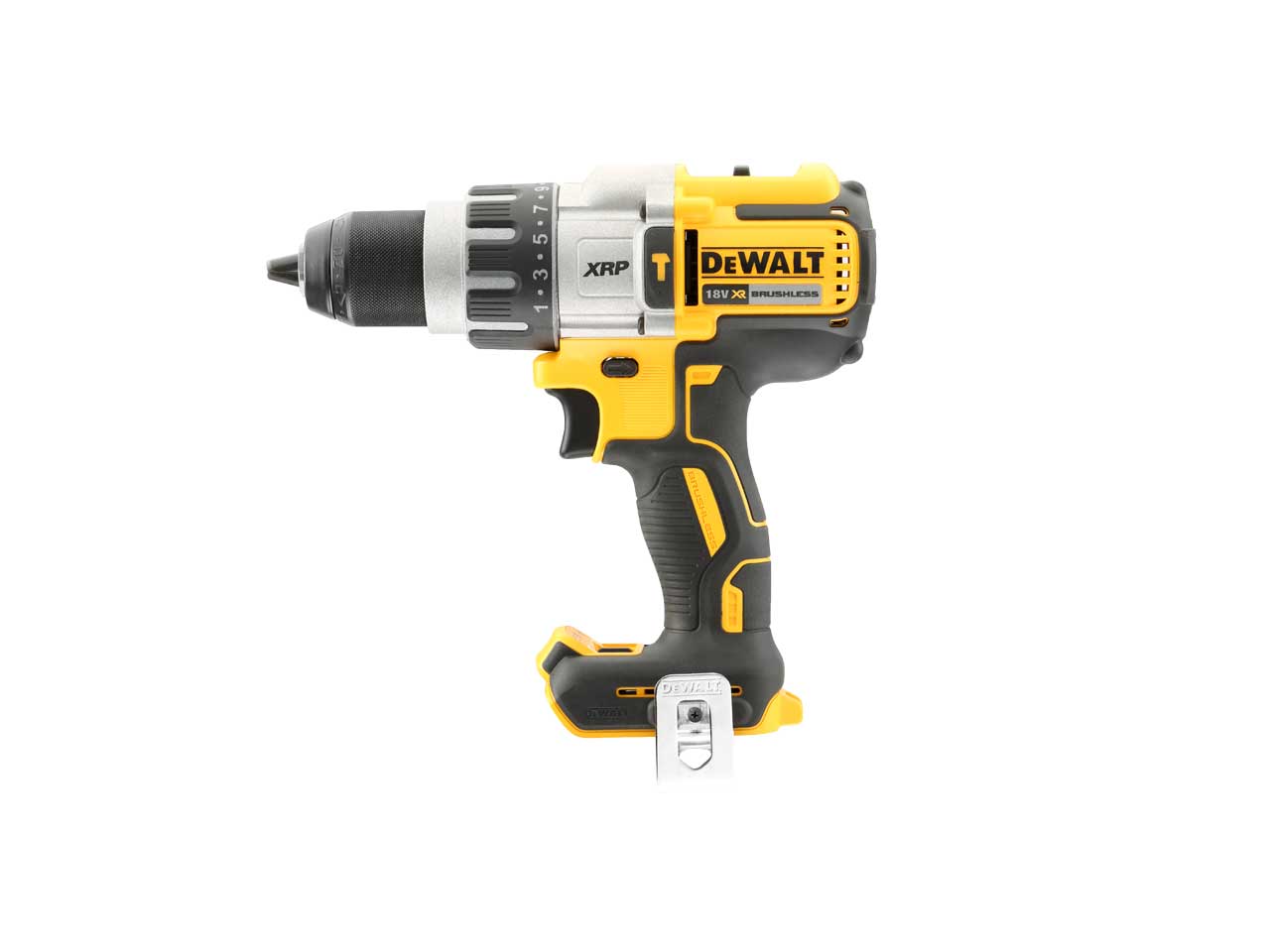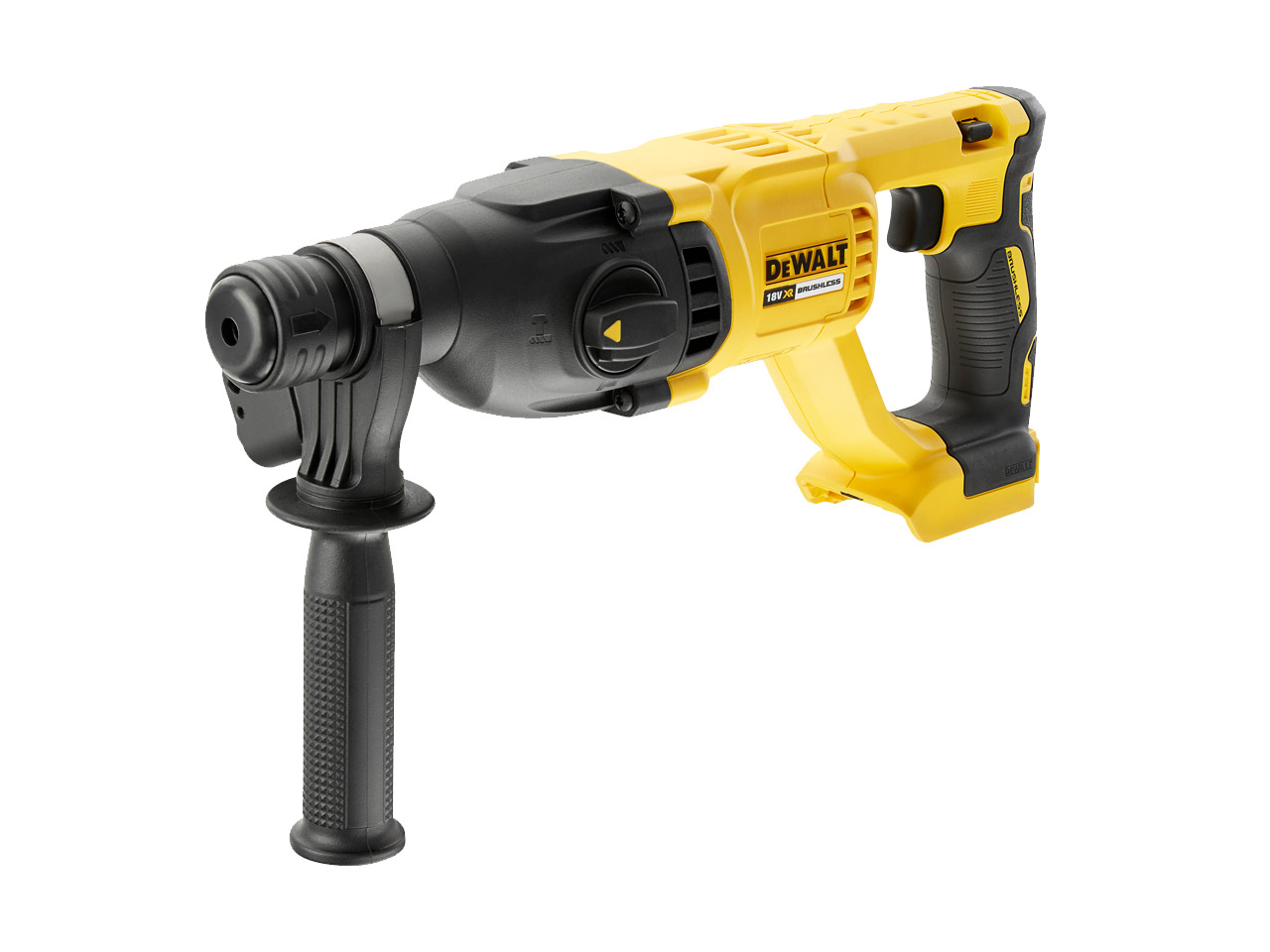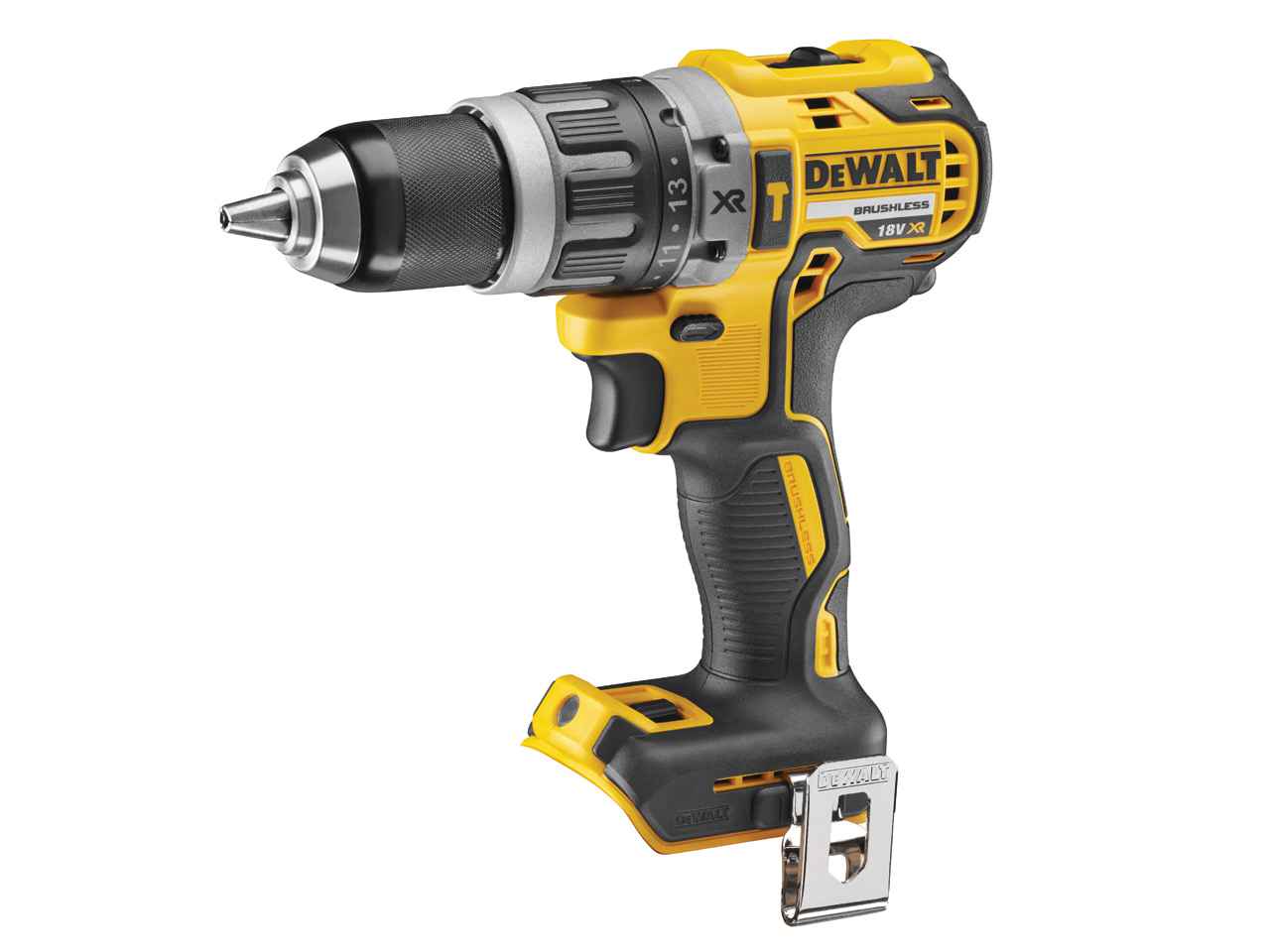These cordless drills are versatile enough to drill holes in masonry for rawlplugs or to assemble garden shelters and other structures.
One of the best cordless drills is an essential addition to every homeowner’s tool collection. You’ll use them for everything from putting together IKEA furniture to fixing a leaky faucet to mounting a TV to hanging up new blinds or drapes. Their usefulness stems from the ease with which they can be used. A larger, mains-powered drill won’t fit, but this one will, and you can get to work without worrying about running cables or finding outlets. Is a garden deck or raised bed in order? You should rely heavily on the cordless drill.
Obviously, it’s not simple to select the best option. There is a wide variety of drills available, each with its own advantages and disadvantages and potential applications. Furthermore, not all drills have the same power, and it is quite frustrating to find out that, when you need it the most, your drill is not powerful enough to complete the task at hand. Check out our buying guide for some pointers on where to begin and what to look for.
Finding the right cordless drill for your needs.
What type of drill should I buy?
Many varieties of drill exist, and to the uneducated eye, they may all appear to be the same. Find a brief explanation of the most common kinds and how they vary from one another below.
Drill driver: A drill driver is a good option if you need a basic drill for a wide range of household projects. These are the most common form of drill and can be used to drive screws as well as drill holes in drywall, wood, and masonry. They’re easier to manoeuvre in tight spaces because they’re lighter than the more powerful drills further down the page. Because they lack the robust motors and high-torque designs of the tools below, they will have difficulty with more demanding tasks.
Impact driver: Although they look like a regular drill, impact drivers are designed to drive screws rather than bore holes. They do this by generating a tremendous amount of spinning torque and then applying a percussion blow to the back of the driver bits, which forces the screws to penetrate even the hardest materials. Because they don’t require a reciprocating action (unlike hammer and SDS drills), they’re easier on the wrists and typically considerably more compact than the other equipment listed.
Standard drill bits may break from the combination of rotation and concussive force, therefore special impact-ready drill bits are recommended instead. However, these bits aren’t built for such precise work and aren’t as well suited to hex-shank drivers. They are very skilled at driving screws. When using an impact driver, a smaller pilot hole is sufficient; otherwise, a hole would need to be drilled for the screw, and then a driver bit would need to be switched in. In cases when accuracy is not as crucial, particularly when working with softer wood, you may not even need to drill a pilot hole. As you work on a significant project, this might be a huge help in terms of saving time.
Combi drill: A combi drill should be your go-to tool if you need to drill into metal or concrete, as well as drive screws. These are enough for standard drilling and screwdriving, but they also typically include increased torque for more demanding applications and an additional hammer function for breaking through tougher materials. However, they are more expensive than regular drill drivers and lack the strength of a hammer or SDS rotary hammer.
Hammer drill: These combine a spinning drill bit with a more powerful forward and reverse hammering action, making short work of even the hardest masonry or stone. Power resulting in a more capable but also more expensive drill than a combi drill, but it also makes the tool larger and heavier. However, they often don’t have the power of the SDS drills below, are significantly noisy, and can’t be switched to a hammer mode for use with chisel bits.
SDS drills, sometimes called SDS rotary hammers, are more powerful than regular hammer drills but also more cumbersome and heavy. Ball bearings in the SDS chuck keep the drill bit firmly in place when you hammer it back and forth; the SDS chuck doesn’t require a chuck key, so changing bits only takes a few seconds.
You can choose between two-mode, three-mode, or three-mode with an interchangeable chuck when shopping for a drill. Unlike three-mode models, which can be used with chisel-type attachments for demolition work, two-mode devices are limited to either rotary-only or combined rotary/hammer action.
What else should I look out for?
Simple tasks, such as drilling a pilot hole, driving in a screw, or making a hole for a Rawlplug in brick or stud wall, are well within the capabilities of the average drill. You’ll need something sturdier if you start working with concrete window lintels, solid blockwork, or thick metal. When comparing drills, it’s important to look at the maximum torque parameters and the maximum bit sizes for drilling into masonry and steel, if any are specified. A typical electric drill, on the other hand, can accommodate larger bits and has enough torque to bore through, say, two layers of brick.
Our advice is to set aside some money for some quality trimmings. Most cordless drills include a screwdriver bit with two points of contact, and some brands even sell extra bits in a kit. You may want to splurge on a different pack of bits for wood, steel, or stone, or even individual bits, because the quality of these will vary, especially from less expensive brands. These can be pricey, but you won’t believe how much easier it is to get a clean hole in the wall with a good bit.
Top-Rated Cordless Drills
DeWalt DCH273N-XJ 18V XR BL SDS Plus Rotary Hammer Bare Unit
Features and Benefits:
- Category-leading high-speed drilling performance at more than 90 holes (10mm Ø x 80mm) per charge
- Rotation stop mode for light chiselling in plaster, tiles and render and impact stop mode for rotary only drilling in wood and metal
- Brushless motor with high capacity XR 5.0Ah 18V Lithium-ion battery platform for extreme runtime and reduced maintenance
- Electronic clutch for consistently-high torque and improved durability
- Perform & Protect: best-in-class vibration at 6.6m/s², minimising user fatigue
- Bright white LED with delay feature improves visibility
- Ideal for drilling anchors and fixing holes into concrete, brick and masonry from 4mm to 24mm
- Compact, lightweight and ergonomic design for improved comfort and support during extended operating periods
Makita DHR202Z 18V Li-Ion SDS Plus Hammer Drill Bare Unit
Features and Benefits:
- Conveniently located push button for forward and reverse.
- High comfort grips.
- LED job light with afterglow.
- One-touch sliding chuck for easy bit changes.
- Triple operation mode: Rotary only, hammer only and rotary hammer.
- Rotation mode: The chisel can rotate a full 360 degrees with 40 different locking positions.
DeWalt DCD996N 18v XR Li-Ion Brushless Combi Drill Bare Unit
Features and Benefits:
- Extended Runtime – High capacity 5Ah battery pack and brushless motor
- More Power – 820 UWO (Unit Watts Out) enables a broader range of heavy duty applications
- Faster Speed Of Application – 43% faster speed of application with increased percussion hammer to 38,250 BPM
- Control – Faster clutch control through an E-Clutch (Electronic Clutch)
- Improved Tool Life – Coated and sealed switch, for moisture and dust resistance
DeWalt DCH133N-XJ 18v Brushless SDS Plus Hammer Drill Bare Unit
Features and Benefits:
- Use with wood, metal, steel, and soft bricks
- 0-5500 No-Loads beats per minute
- 2.6J of Single impact energy
- 3 functions (Drill, Chisel and drill/hammer)
DeWalt DCD796N 18v XR BL Combi Drill Bare Unit
Features and Benefits:
- 15 position adjustable torque control for consistent screw driving into a variety of materials.
- Intelligent trigger design allows for total control of application.
- Improved ergonomic design with rubber grip over mould improving users comfort.
- Improved air flow to the motor for cooler electronics and increased power.
About FFX
Established in 2003, Folkestone Fixings formally incorporated as a limited liability company in 2006. FFX‘s headquarters and main distribution centre are located in Lympne, Kent, with other offices in Ashford and Folkestone. From this location, the company has grown into one of the most important online retailers of power tools, power tool accessories, hand tools, fixes and fasteners, and general construction consumables.


